iMovie: The Best Video Editing Tool for Quick, Polished Edits on Apple Devices
iMovie comes pre-installed on Apple devices and offers more than meets the eye. It’s designed for quick edits, clean cuts, and adding polish without complicated steps. Whether you’re assembling a school project, a social post, or a short film, iMovie keeps things simple and smooth. Let’s explore how to maximize its potential—no film school degree required.
Where iMovie Excels: Quick, Clean, and Polished
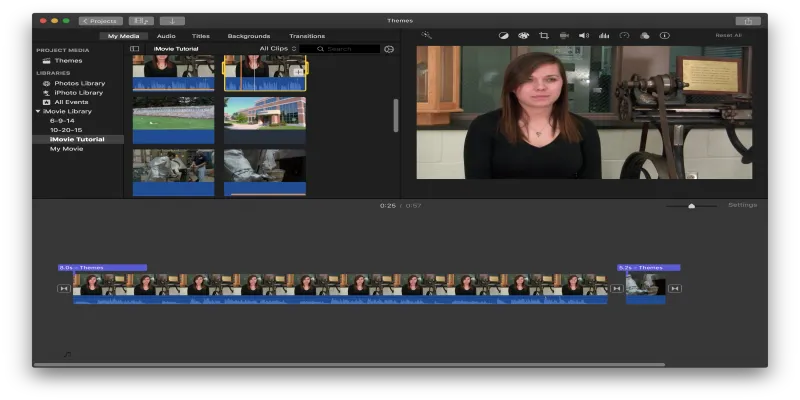
Let’s discuss what iMovie does best. If you’re looking for a tool that enables complex layering or effects-heavy videos, iMovie may not be the right fit. However, for clear storytelling, smooth transitions, and a polished feel, it hits the mark perfectly.
iMovie is crafted for straightforward video editing. It’s excellent for trimming clips, stitching footage together, and adding music or voiceovers. You have enough control to make your edits feel intentional without dealing with overwhelming settings or steep learning curves. The goal is simple: minimal setup, maximum output.
Maximizing iMovie on Every Apple Device [Mac & iOS]
Using iMovie on Mac: More Features, More Control
Working on a Mac provides the full layout—timeline, media library, preview window, and all editing tools at your fingertips. It’s clean, not stripped down. This is your go-to setup for handling multiple clips, transitions, audio mixing, or custom titles.
Highlights on Mac:
Precision editing: Drag and trim with accuracy using your trackpad or mouse. Keyboard shortcuts speed up the process once you’re familiar with them.
Audio layering: Add background music, effects, and voiceovers effortlessly. Control volume levels and fade-ins/outs without navigating complex menus.
Green screen and split-screen: For creative projects, Mac offers features like green screen removal and split-screen views, ideal for school projects, video intros, or social media content.
Titles and transitions: Customize fonts and positioning easily, and enjoy smoother transitions on larger projects.
If you’re editing longer videos or working with diverse footage, the Mac version provides the space and flexibility you need.
On iPhone: Quick Edits on the Move
Editing on an iPhone is all about speed. You’re likely not sitting down for an hour-long session—you’re trimming, adjusting, and posting. The touch-friendly layout, even on a smaller screen, remains surprisingly capable.
iPhone Advantages:
Quick video edits for Reels or Shorts: Cut, crop, add music, and insert titles in minutes.
Instant access to footage: Videos recorded on your phone appear directly in your media library, eliminating the need for transfers.
Time-saving themes: iMovie on iPhone includes pre-built themes that automatically apply filters, transitions, and music, perfect for saving time.
Simple voiceovers: Record directly using the mic—no additional app needed.
Where it falls short is in detail work. For timing clips to specific beats or fine-tuning audio, you’ll encounter limitations.
On iPad: The Perfect Middle Ground
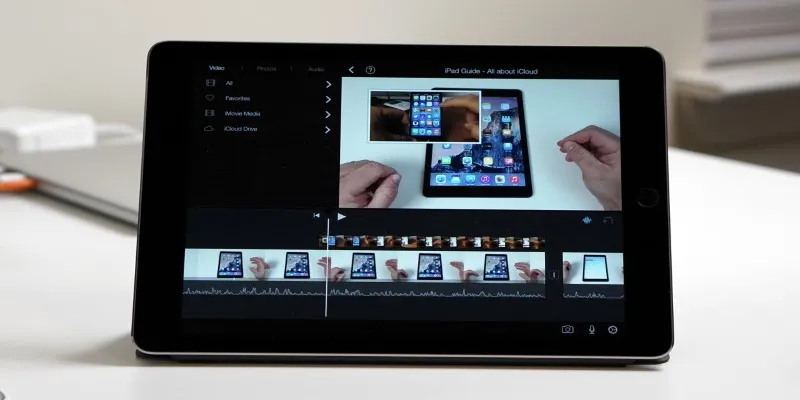
Editing on an iPad is often overlooked, but it’s the most comfortable option if you’re between quick mobile edits and full desktop sessions. The screen is large enough for two-handed editing, and pairing it with a keyboard or Apple Pencil enhances the experience.
iPad Benefits:
Gesture-based editing: Dragging and dropping clips is intuitive, and the timeline scrolls naturally.
Compatibility with Apple Pencil: Tap, trim, or fine-tune with precision, especially useful for quick selections or scrub-throughs.
More space, same features as iPhone: Titles, transitions, and soundtracks work like the iPhone, but the interface feels less cramped.
Ideal for moderate editing when away from your Mac but seeking more control than your phone allows.
Seamless Syncing Across Devices: Start Anywhere, Finish Anywhere
One of iMovie’s strengths is its seamless integration across Apple’s ecosystem. Start a project on your iPhone during your commute and finish it on your Mac later. Save the project to iCloud Drive or use AirDrop for easy transfer.
This flexibility allows editing to fit into your schedule. No need to wait until you’re home to trim clips or adjust audio. For those who prefer reviewing edits on a larger screen, it’s a straightforward handoff.
Extra Tips for Enhanced Editing
These tips aren’t hacks or hidden features, just commonly overlooked techniques:
Keep clips short: Even if your final video is long, short clips are easier to move, cut, and rearrange.
Use the fade-to-black transition at the end: It’s a clean way to finish a video, avoiding abrupt stops.
Check audio levels with headphones: Especially for voiceovers, as phone speakers may differ from earbuds.
Avoid overloading with transitions: Built-in transitions look good, but overuse can be distracting.
Utilize “Cutaway” or “Picture-in-Picture” modes on Mac: Ideal for showing one video while narrating over another or adding a reaction in the corner.
Conclusion
iMovie isn’t trying to be a studio-grade editor, and that’s its appeal. It removes unnecessary complexity, offering a platform where you can shape footage with ease. On Mac, it’s ideal for longer projects needing careful timing. On the iPhone, it excels in fast edits and social media production. On iPad, it provides a balanced experience—simple yet spacious.
By focusing on iMovie’s strengths—clarity, speed, and ease—you’ll find it’s more than just a default app. It’s a smart tool for everyday video editing.
Related Articles

LightCut 2025 Review: The Best Video Editor for Android and iPhone

Magisto: The Simplified Approach to Video Editing for Quick and Effective Content

KineMaster Video Editing App Review: A Mobile-Friendly Powerhouse
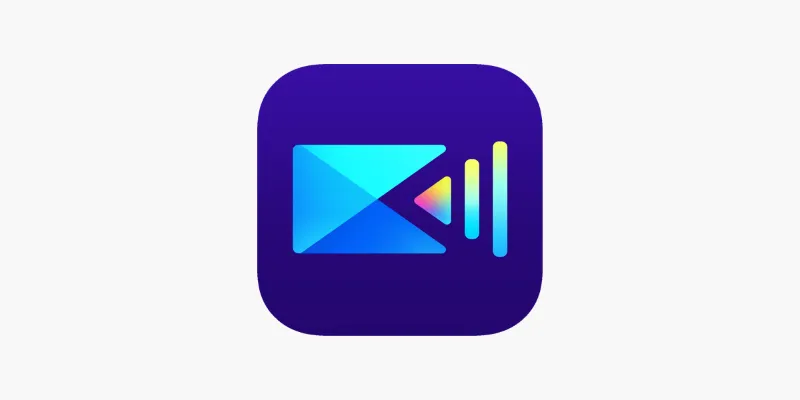
PowerDirector: A Fast and Accessible Video Editing Tool for Everyone

What is HitFilm Express? A Beginner's Guide for Mac Users

CapCut, WeVideo & More: Tools That Simplify Video Editing

WeVideo: A Browser-Based Video Editor That Actually Makes Life Easier

VideoShow Review: A Mobile Editor for Quick, Casual Projects

Top 5 Free Video Enhancers to Instantly Boost Video Quality

Apple Clips Review: A Simple and Fun Way to Create Expressive Videos

VivaVideo Review: A Mobile Editor That Actually Keeps Up With You

Vizmato 2025 Review: Video Editing That Feels Like Play
Popular Articles
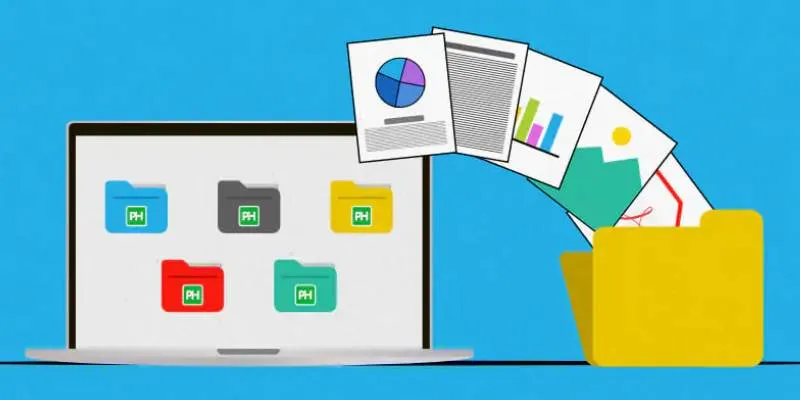
Discover the 8 Best Document Management Tools of 2025
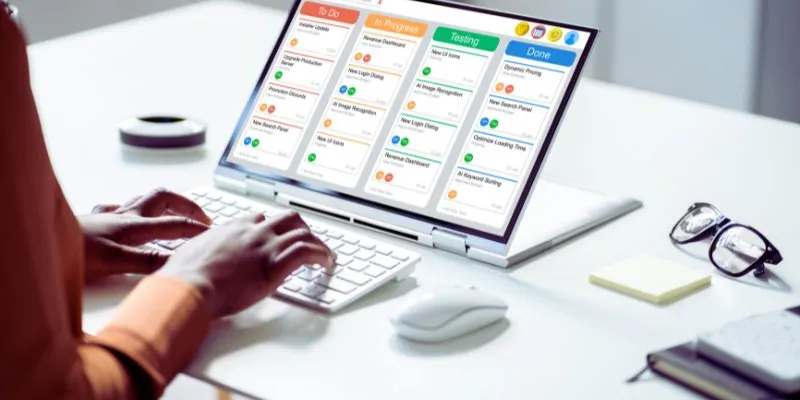
The 8 Best Kanban Tools in 2025: Streamline Your Workflow Like a Pro

ECommerce Platform Comparison: Find the Best Fit for Your Business

The 8 Best Email Apps for iPhone in 2025 to Keep You on Top of Things

Mastering YouTube Thumbnail Images: Dimensions, Best Practices, and Examples

How to Develop a WordPress Plugin Using Best Practices

Simple Tutorial: How to Convert H.265 to H.264 Easily
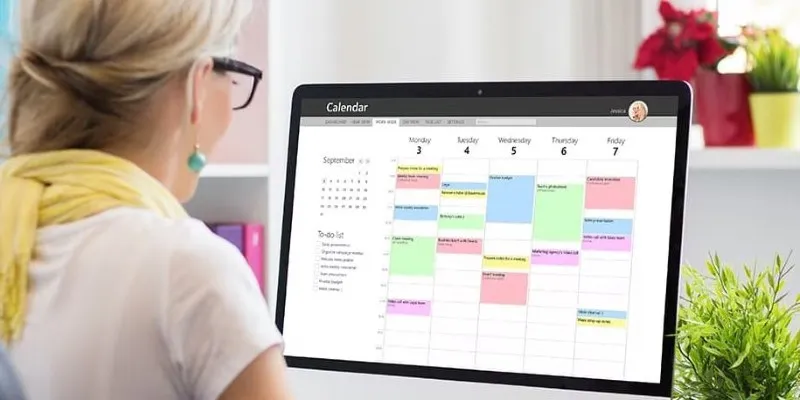
Best Issue Tracking Tools for Small Software Development Teams

Seamless GIF to APNG Conversion: The Best Tools for Crisp Animations

Best Methods to Downscale HD Videos to SD with High Speed

Stability AI and Arm Enable AI Audio Generation on Mobile Devices
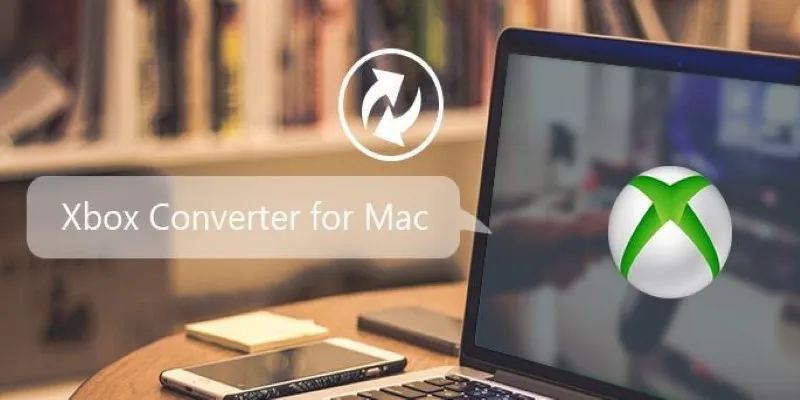
 mww2
mww2